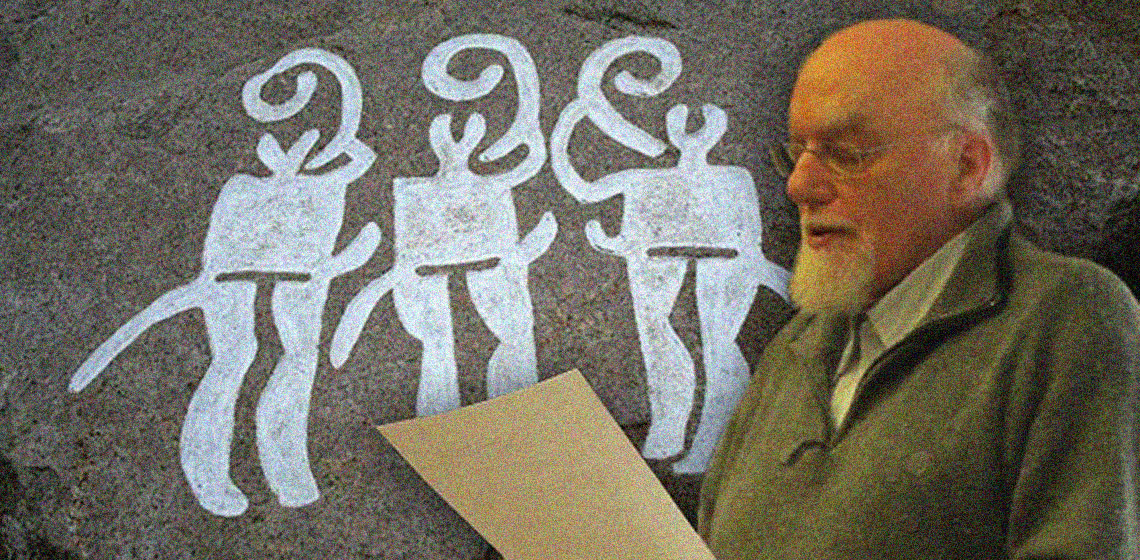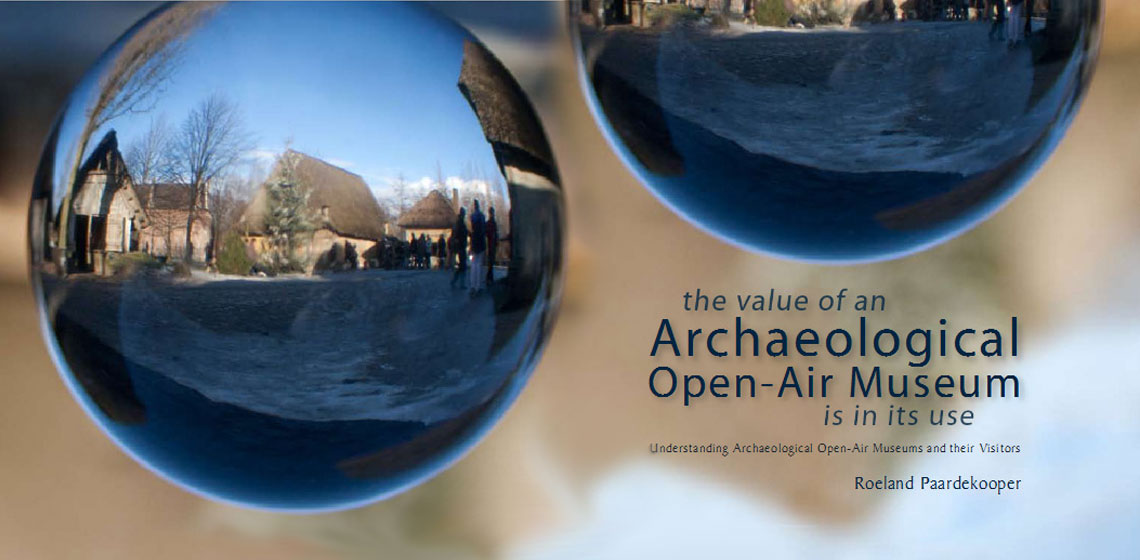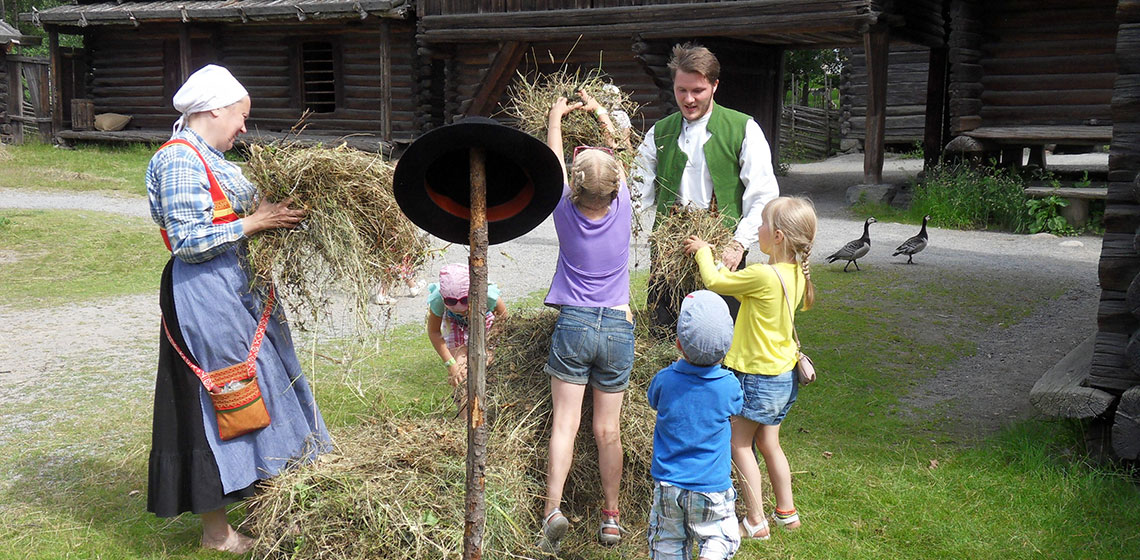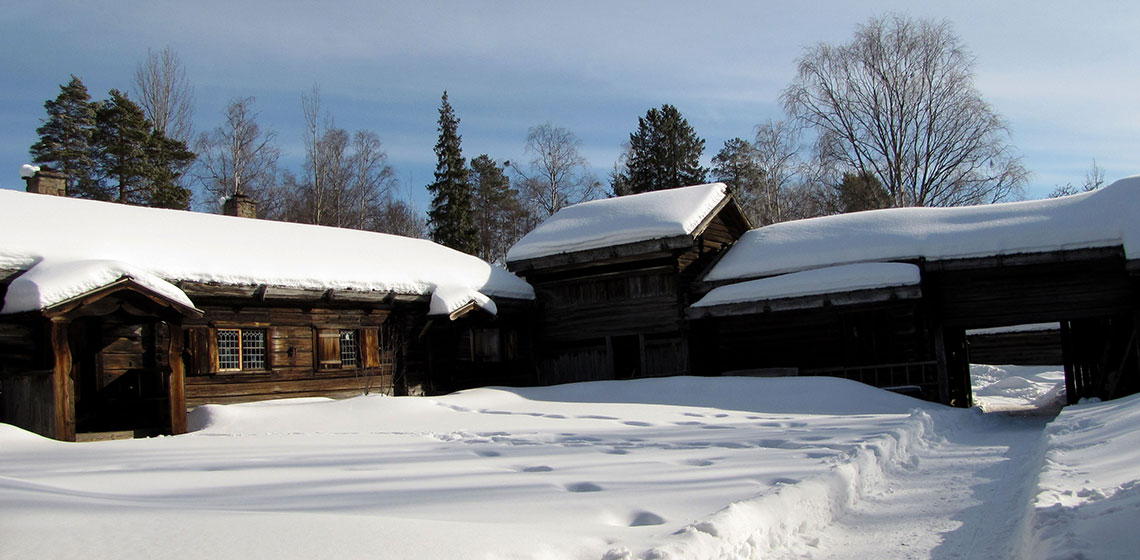Living Museum of the Mbunza (NA)
As with all Living Museums in Namibia the main focus of the Mbunza Living Museum is to provide visitors to the museum with a detailed and authentic insight into the traditional, pre-colonial culture.
The Living Museum, situated at the Samsitu Lake, is a traditional village of the Kavango, who have lived in this area for centuries. The village has been built entirely from natural material and the actors of the Museum carry clothes made from self- tanned, with Mangetti nut oil refined leather. The outfit actually had to be reconstructed from old photographs.









